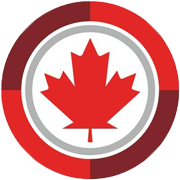Statistics Canada recently released a report that shows that 58% of Internationally educated healthcare professionals (IEHPs) in Canada, who trained to become Physicians, dentists, nurses, and pharmacists are all actively employed in their respective fields.
The data indicates that out of the 259,694 Internationally educated healthcare professionals in Canada, 76% hold active employment. (corresponding to 80% of Canadian-educated healthcare professionals). This data also contains Internationally educated healthcare professionals in Canada who do not hold employment in the healthcare sector.
Immigration Refugees and Citizenship Canada (IRCC) data indicates that a quarter of healthcare sector workers are immigrants. This number is likely to increase, as 500,000 healthcare workers are older than 55 and will be retiring in the subsequent decade.
Based on the report by Statistics Canada, half of the Internationally educated healthcare professionals migrated to Canada at the beginning of their core working years, between the ages of 25 – 34, and nearly one‑third of all IEHPs had moved to Canada in recent years only between 2016-2021. In general, two-thirds of IEHPs fall under the age of 50. 7/10 IEHPs in Canada are women.
Where do they settle?
Ontario had the highest number of IEHPs (116,310) living there, followed by British Columbia (45,235) and Alberta (42,035).
The northern territories of Canada and the Atlantic provinces had the lowest number of IEHPs. Prince Edward Island had less than 475, followed by the other three territories at 605. Nova Scotia contained 3,195 IEHPs.

Where did they study?
The report found that 63% of Internationally educated healthcare professionals completed their education in Asia. 11% had studied in Western English-speaking countries.
75% of the IEHPs in Manitoba are Asian-educated and 21% of IEHPs in New Brunswick studied in a Western English-speaking country.
What are their jobs?
The report from Statistics Canada states that one-third of IEHPs in Canada are nurses. Among IEHPs, the five top occupations are orderlies, nurse aides, and patient service associates (21%); registered nurses and registered psychiatric nurses (34%); light-duty cleaners (2%); licensed practical nurses (8%); and social and community service workers (2%). More than 50% of the IEHPs in Prince Edward Island are nurses.
Most of the Internationally educated healthcare professionals living in Newfoundland and Labrador are physicians. Which makes up around 15% of all the IEHPs in Canada. The province also had the highest overall proportion of IEHPs who work in health occupations (74% of IEHPs in the province). Nova Scotia and Saskatchewan also had high employment rates for IEHPs working in healthcare occupations (over 65%). In the rest of Canada, only 46% of IEHPs hold employment in health occupations.
The labor shortage in healthcare
The recent Statistics Canada’s data indicates that there were 147,100 job vacancies in June this year for the healthcare sector. The report indicates that, given the large number of IEHPs living in Canada. Many newcomers in the country could contribute to addressing labor shortages in the health workforce. One of the main reasons for IEHPs not being able to find work in their respective field is having problems getting licensed in a regulated profession in Canada. Every province of Canada has its own regulatory body that has different requirements for healthcare professionals.
Yet, the provinces are taking some steps to remove barriers to Internationally educated healthcare professionals. For example, Nova Scotia now has an expedited pathway for international nurses registered and licensed to practice as RNs in the Philippines, India, Nigeria, Australia, the US, the UK, or New Zealand.
Additionally, Ontario has introduced several new components of the legislation. Including that health regulatory colleges must comply with time limits to make registration decisions and restricting health regulatory colleges from needing work experience in Canada for registration (with some exceptions).
IRCC has also formed six new Express Entry categories that select eligible Express Entry nominees based more on their occupation than their comprehensive ranking system (CRS) score. In 2023, healthcare professionals have received 2,000 invitations to apply (ITAs).
Furthermore, in October 2022, IRCC made it feasible for physicians already practicing in Canada as temporary residents to become eligible to apply for Express Entry. This was not possible previously, as most physicians were considered self-employed.





